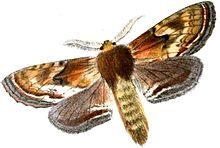
The poinsettia is a commercially important flowering plant species of the diverse spurge family Euphorbiaceae. Indigenous to Mexico and Central America, the poinsettia was first described by Europeans in 1834. It is particularly well known for its red and green foliage and is widely used in Christmas floral displays. It derives its common English name from Joel Roberts Poinsett, the first United States minister to Mexico, who is credited with introducing the plant to the US in the 1820s. Poinsettias are shrubs or small trees, with heights of 0.6 to 4 m. Though often stated to be highly toxic, the poinsettia is not dangerous to pets or children. Exposure to the plant, even consumption, most often results in no effect, though it can cause nausea, vomiting, or diarrhea.

Caesalpinia pulcherrima is a species of flowering plant in the pea family Fabaceae, native to the tropics and subtropics of the Americas. It could be native to the West Indies, but its exact origin is unknown due to widespread cultivation. Common names for this species include poinciana, peacock flower, red bird of paradise, Mexican bird of paradise, dwarf poinciana, pride of Barbados, flos pavonis, and flamboyant-de-jardin. The Hawaiian name for this plant is ʻohai aliʻi.

Anthia is a genus of the ground beetle family (Carabidae) from Africa and Asia. Species of Anthia can spray a jet of formic acid up to 30 centimetres (12 in), which, if not treated, can cause blindness in animals that harass the beetles.

Notodontinae is the nominate subfamily of the moth family Notodontidae. The Ptilodoninae are sometimes merged herein. The genus list is preliminary, as not all Notodontidae have been assigned to subfamilies yet.
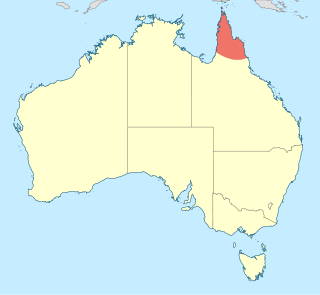
Petalura pulcherrima is a species of Australian dragonfly in the family Petaluridae, commonly known as a beautiful petaltail. It is a very large and slender dragonfly, mostly black or dark brown with yellow markings and its eyes widely separated on top of its head. It has clear wings and a very long, narrow pterostigma.

Avatha is a genus of moths in the family Erebidae.

Laelia is a genus of tussock moths in the family Erebidae. The genus was described by Stephens in 1828. Species are well distributed throughout Europe, Japan, China, India, Sri Lanka, Myanmar and Java.

Phalaenopsis pulcherrima is a species of orchid found from Hainan Island to western Malesia.

Callidrepana is a genus of moths belonging to the subfamily Drepaninae.
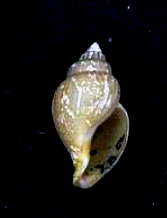
Obesotoma is a genus of sea snails, marine gastropod mollusks in the family Mangeliidae.

Selaginella pulcherrima is a species of plant in the family Selaginellaceae.

The ornate or painted wood turtle is one of nine turtle species of the genus Rhinoclemmys of the family Geoemydidae. There are four recognized subspecies.
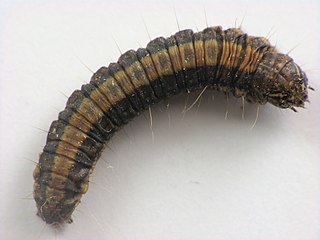
The Epipaschiinae are a subfamily of snout moths. More than 720 species are known today, which are found mainly in the tropics and subtropics. Some occur in temperate regions, but the subfamily is apparently completely absent from Europe, at least as native species. A few Epipaschiinae are crop pests that may occasionally become economically significant.

Olivenebula pulcherrima is a species of moth of the family Noctuidae. It is found in India.

Micardia pulcherrima is a species of moth of the family Noctuidae. It is found in Bhutan, China (Tibet) and India.

Hupodonta is a genus of moths of the family Notodontidae erected by Arthur Gardiner Butler in 1877.
National emblems of Barbados are the symbols that are used in Barbados to represent the independent nation. The emblems reflect different aspects of its cultural life and history.
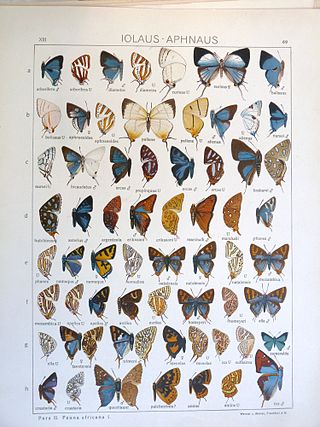
Zeritis pulcherrima is a butterfly in the family Lycaenidae. It is found in Sudan and the Central African Republic.
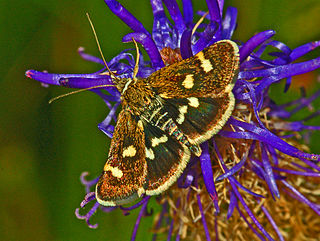
Odontiinae is a subfamily of moths of the family Crambidae. The subfamily was described by Achille Guenée in 1854.
